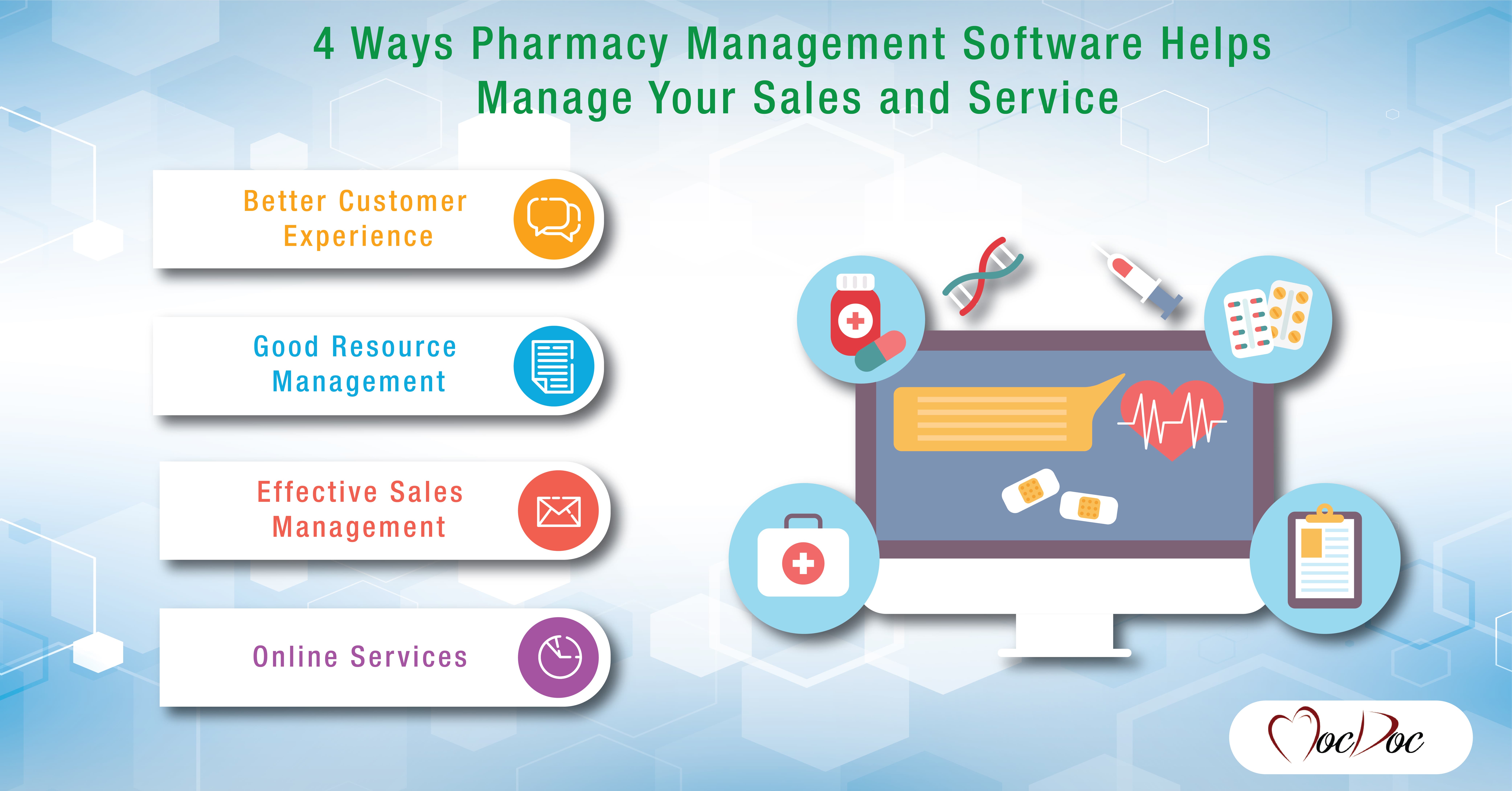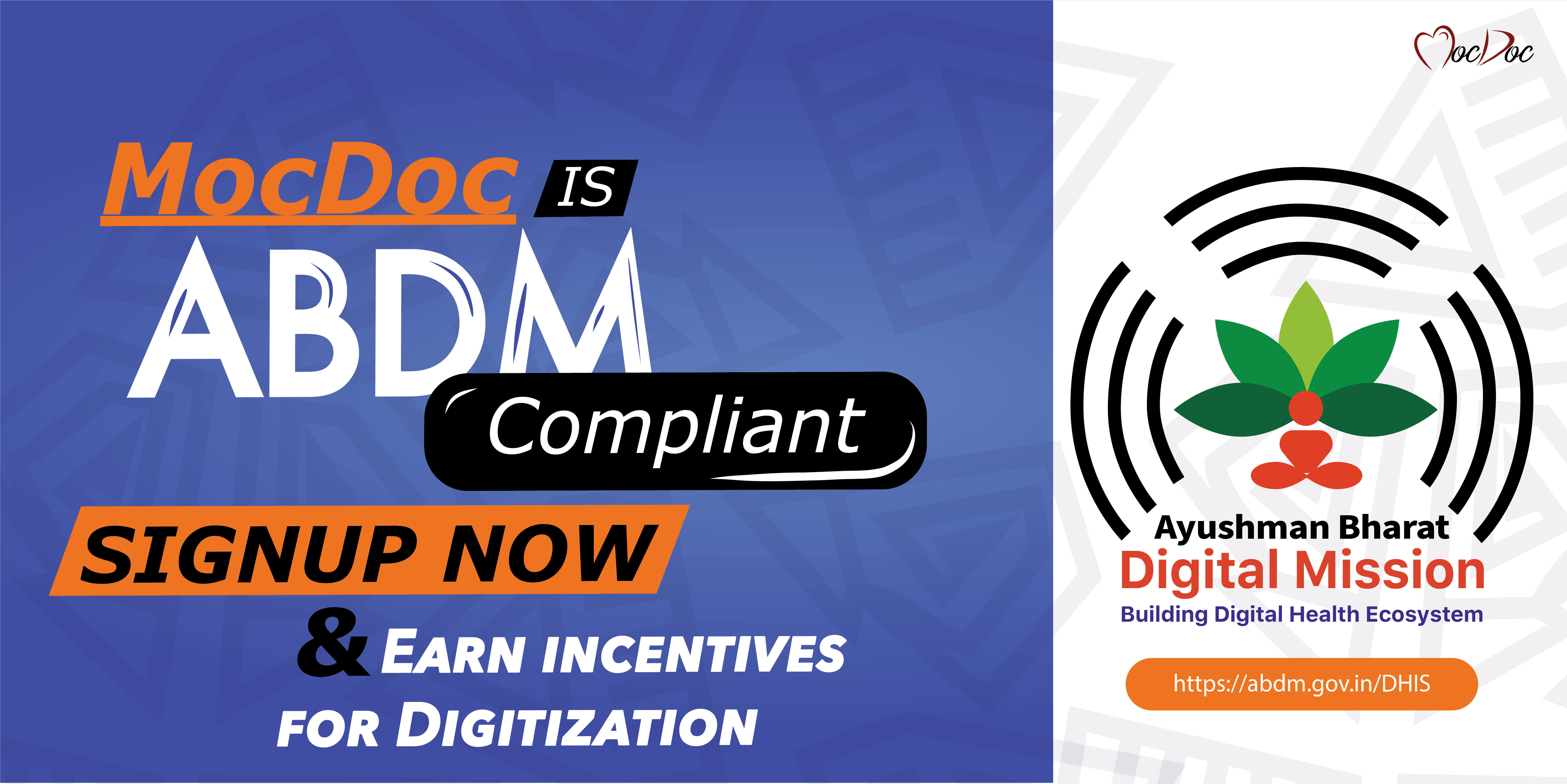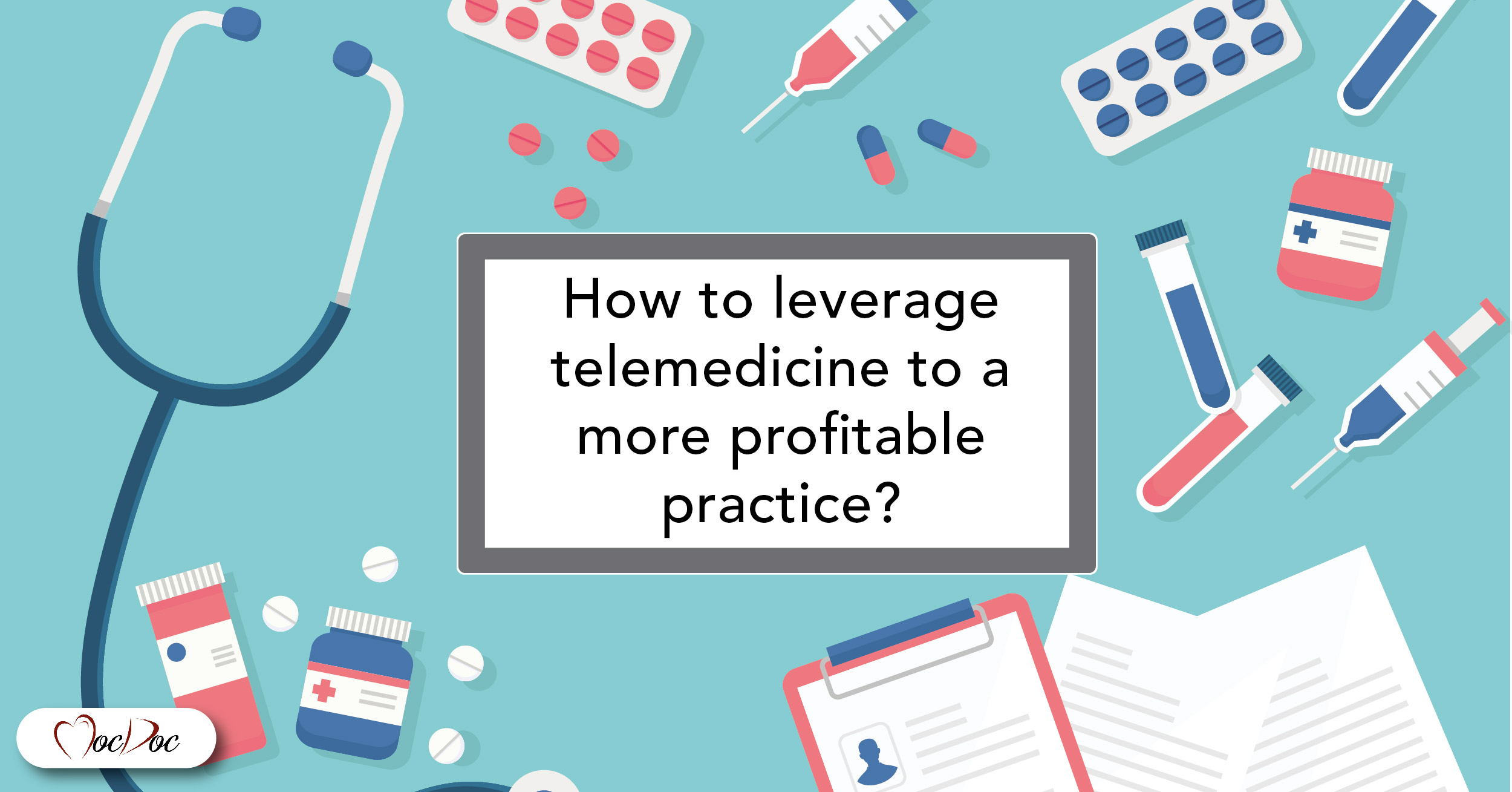MocDoc's Offerings
4 ways Pharmacy Management Software helps manage your sales and service
Published By
Sanjana
2019040118:42:20
Category Healthcare

In recent years, medical stores have transformed from a place where you get your medicines, to a place where all your medical needs, such as mobility aids, nutraceuticals, health monitoring devices, and other biomedical supplies are met. Other than providing the required supplies, pharmacies also serve as a place where patients can get adequate information and advice regarding the dosage of a medicine, the composition of a drug, and the possible side effects. With this evolution, they have shifted from being just pharmacies, and it has become much more difficult to manage them.
Pharmacy management software helps you manage a pharmacy by keeping track of drugs, medicines, and supplies ranging from mobility aids to disposables. It gets you the information you require right at your fingertips. This can ensure that you never run out of essential medicines and supplies and also give your customers a better experience.
Here are 4 exciting ways in which pharmacy management software can help enhance your customer service while reducing costs.
Better customer experience
A personalized service, catering to the specific needs of a customer, helps you to provide a better experience for your customer and therefore helps you retain them. A simple query about a past purchase will help you to build a personal relationship with them, which may prove fruitful in the long run.
The pharmacy management system allows you to log and track the entire purchase history of a customer, their insurance information, and other relevant information. This will you to give a better experience to the customers, and at the same time, easily keep track of your sales.
With the help of your customer’s medical history, you’ll be able to provide better advice to them, avoiding allergies or any counteracting drugs the doctors may have missed. You'll also be able to remind your customers about the next drug purchase in their schedule.
Quick access to information regarding similar drugs at lower prices will make it easier for you to provide economically better options to your customers.
Good Resource Management:
Pharmacy management software helps you to manage your pharmacy’s resources easily and in an efficient manner. With the help of a good interface, real-time reports, inventory management, and precise invoicing, you can easily understand and manage all the resources at your disposal.
Inventory Management helps you to easily keep track of medicine and equipment stock. You can easily check if any of the out-of-stock items are available in any of your other stores. With order tracking, you can give timely reports about the estimated time of delivery to your customers in case of any special orders.
With the help of precise invoicing, you can keep track of your expenses, and income and therefore easily manage your store’s finances. The system helps you to better understand the financial situation of your store and gives you insights on how to fine-tune your business.
An online pharmacy management software will also help you to manage stores in multiple locations effectively. You can easily manage the stock and sales in all of your stores from your smartphone or laptop.
Effective Sales Management:
Now you can easily and efficiently manage your sales with the help of pharmacy management software. Now you can keep track of every sale, the price of every drug and equipment sold, and the profit made. You can now easily analyze your business prospect and the flow of cash, and get the information you need to optimize the process
A good pharmacy management software can be integrated with your current workflow and equipment, and make maximum use of them. A barcode scanner plugged into the software can make it easy for you to document your sales, track your inventory, and at the same time provide a faster checkout for your customer.
Online services
With the advent of online pharmacies, more and more customers prefer to get their drugs delivered to their doorstep, and this has threatened the sales of traditional pharmacies. However, customers still find their neighborhood stores much more trustworthy. Take advantage of this by providing an online sales portal for your pharmacy. With the help of cloud-based software integrated with a sales portal, you can easily provide this service to your customers. The online software will also enable you to manage your pharmacies from anywhere in the world.
Essentially, pharmacy management software will help you to provide a better customer experience, manage your resources and sales efficiently, and enable you to take your sales online.
Related Articles
Introducing Ayushman Bharat Di...
Ayushman Bharat Digital Mission (ABDM) Th..... Read more
Universal healthcare - let’s...
Universal health care is a hot topic for discussio..... Read more
How to leverage telemedicine t...
Leveraging telemedicine to profitable practice hel..... Read more
A note from our CEO, Senthil K...
COVID-19 Update:Message to our MocDoc Commun..... Read more



